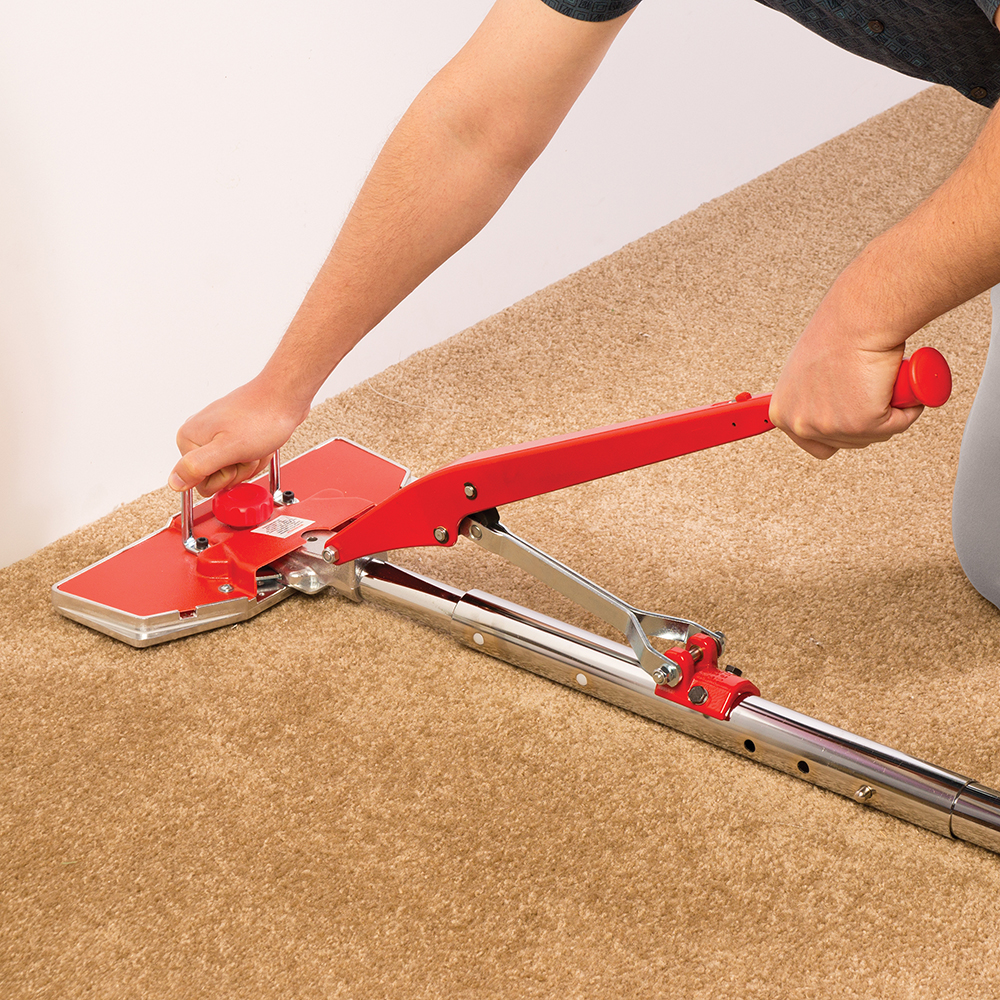It’s hard to recover from a bad carpet install. If seams come apart, or the carpet wrinkles because it wasn’t stretched properly, fixing the issue often means replacing an entire room – or an entire job!
Unlike tile and wood floors, it’s hard to do a spot repair or fix with carpet. If you have to re-seam a room, there may not be enough installed carpet to do the repair, especially if you have to cut for a new seam. Carpet can also be damaged if you have to pull up edges and re-stretch. Even worse, wrinkles that are walked on can damage the carpet so it doesn’t lay flat, no matter how much it’s stretched.
That’s why experienced carpet layers know when to use the right carpet tools for the job, and use them correctly. Here are a few examples that should be in every installer’s toolbox:
Cutting Tools: Carpet shears, napping shears, cushion cutters, carpet knives, pile cutters, wall trimmers and seam cutters all serve specific needs, resulting in clean, precise cuts for fitting, or cleaning up any areas that need extra attention.
Seam Tools: Seaming irons, seam tape and seam rollers are must-haves for creating invisible seams when joining carpet pieces. Don’t skimp on these tools – they will make or break a carpet project.
Stretching & Alignment Tools: Stair tools, power and manual stretchers, knee kickers and carpet tuckers all combine to make the carpet lay flat, look great and create perfect tucked edges along walls and hallways.
Miscellaneous: Glue guns, staplers, chalk lines, hammers, tack strip cutters, straight edges and knee pads will be used daily, and the right selection will go a long way to help ensure a quality job.
Don’t run the risk of trying to install carpet with the wrong tools, or sub-par equipment. Can you use a wide blade putty knife instead of a carpet tucker? Yes, but the results will suffer, and ultimately it will cost you money when you have to return and repair a flooring project.

